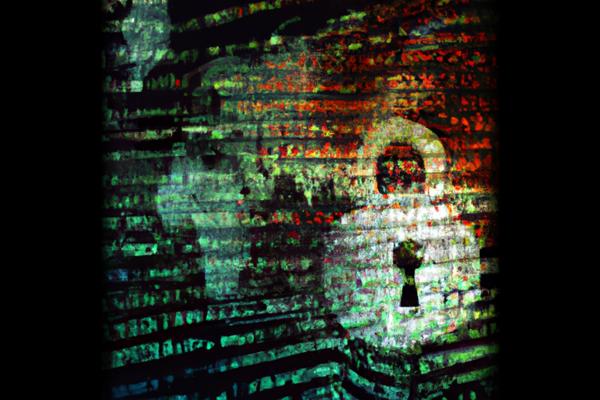Public Wi-Fi networks [1] [2] [3] [4] [5] [6] [7], commonly found in cafes [2], hotels [7], and airports [7], offer convenience and free access. However, they also pose security and privacy risks [6]. This article explores the potential threats and provides recommendations for protecting personal and business data when using public Wi-Fi networks.
Description
With the increasing popularity of remote work, people can now connect to public Wi-Fi networks from anywhere. Unfortunately, this convenience comes with risks. One common threat is a Man-in-the-Middle (MITM) attack [1] [2] [4], where a hacker intercepts and alters communication between two parties [1] [4]. Eavesdropping is another concern [1] [4], especially on networks without encryption [1] [4], as hackers can capture unencrypted traffic and extract sensitive information [1] [4]. Rogue hotspots are also a danger [1] [4], as hackers can create fake networks to monitor all traffic and capture transmitted data [1] [4]. Additionally, hackers can distribute malware through unsecured Wi-Fi connections [5], either by infecting a user’s device or compromising the connection point itself.
To mitigate these risks, it is crucial to take certain precautions. First, using a virtual private network (VPN) connection when accessing business networks through unsecured Wi-Fi adds an extra layer of security. Enabling SSL connections for websites that require credentials also helps protect sensitive information. It is important to turn off sharing when connected to public networks and to keep Wi-Fi off when not in use. Additionally, installing robust internet security software that constantly scans for malware is essential [5].
Conclusion
Despite implementing these precautions, it is still possible to encounter issues when using public Wi-Fi [5]. Therefore, it is vital to remain vigilant and protect important data. The impact of compromised personal and business information can be severe, leading to financial loss, identity theft [6], or reputational damage. As technology continues to advance, hackers may develop new methods to exploit public Wi-Fi networks. It is crucial for individuals and organizations to stay informed about emerging threats and adapt their security measures accordingly. By following best practices and staying proactive, users can minimize the risks associated with public Wi-Fi and safeguard their data.
References
[1] https://blog.wbu.edu.al/2023/08/25/the-hidden-dangers-of-public-wi-fi/
[2] https://medium.com/@.Qubit/is-public-wifi-safe-the-risks-of-public-wi-fi-4e3a7cd15752
[3] https://thehackernews.com/2023/08/the-hidden-dangers-of-public-wi-fi.html
[4] https://www.redpacketsecurity.com/the-hidden-dangers-of-public-wi-fi/
[5] https://www.kaspersky.com/resource-center/preemptive-safety/public-wifi-risks
[6] https://www.linkedin.com/advice/0/how-can-you-safely-use-public-wi-fi-networks
[7] https://gixtools.net/2023/08/the-hidden-dangers-of-public-wi-fi/





